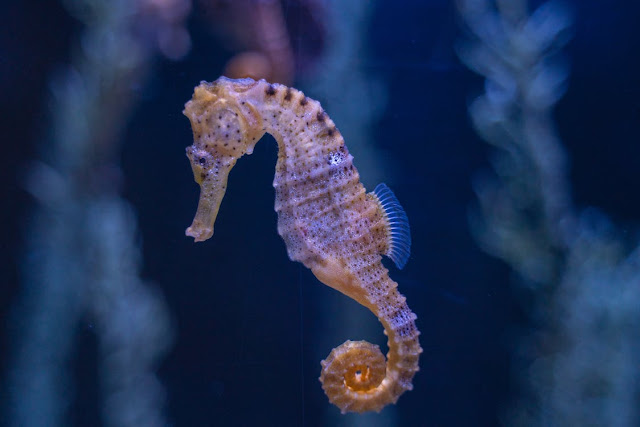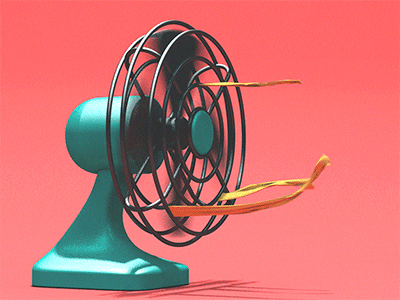Dabney Coleman, an award-winning television and movie actor best known for his over-the-top portrayals of garrulous, egomaniacal characters, died on Thursday at his home in Santa Monica, Calif. He was 92.
Dabney Coleman, born on January 3, 1932, in Austin, Texas, was a distinguished American actor known for his versatile roles in film and television spanning over six decades. With a career characterized by his portrayals of often curmudgeonly and acerbic characters, Coleman has established himself as a talented performer capable of infusing his roles with a unique blend of humour and realism.
Early Life and Education
Coleman was raised in Texas, where he initially pursued a career in law before turning to acting. He attended the Virginia Military Institute and later the University of Texas, where he studied law. However, his passion for acting led him to the Neighborhood Playhouse School of the Theatre in New York City, where he trained under the renowned acting coach Sanford Meisner.
Early Career and Breakthrough
Coleman's early career in the 1960s and 1970s included a variety of television roles that showcased his developing talent. He appeared in numerous TV series such as "The Fugitive," "Bonanza," and "The F.B.I.," often playing supporting roles. His distinctive presence and growing confidence in his craft paved the way for more significant opportunities.
His breakthrough came in the late 1970s and early 1980s with a series of memorable roles in both television and film. One of his first notable film roles was in "Nine to Five" (1980), where he played Franklin Hart Jr., a sexist, egotistical boss who becomes the target of his employees' revenge. Coleman's performance in "Nine to Five" was critically acclaimed, highlighting his ability to balance comedy with the portrayal of an unlikable character.
Rise to Fame in the 1980s
The 1980s proved to be a prolific decade for Coleman. He starred in several popular films and TV shows that solidified his reputation as a versatile actor. In 1982, he played the role of a director in the film "Tootsie," opposite Dustin Hoffman. His portrayal of Ron Carlisle, a frustrated and often irritable director, earned him widespread recognition and further demonstrated his knack for comedy.
Another significant role came with the film "WarGames" (1983), where Coleman played John McKittrick, a military computer scientist. The film was a critical and commercial success, and Coleman's performance added depth to the narrative of technological ethics and the threat of nuclear war.
Television Success
While Coleman enjoyed considerable success in films, he also made a significant impact on television. One of his most notable TV roles was as Bill Bittinger in the sitcom "Buffalo Bill" (1983-1984). Although the show had a short run, Coleman's portrayal of the egotistical talk show host earned him critical acclaim, including a Primetime Emmy nomination. His ability to bring complexity to an otherwise unlikable character showcased his exceptional talent.
In the late 1980s, Coleman starred in the television series "The Slap Maxwell Story" (1987-1988), playing the titular character, a gruff sportswriter with a heart of gold. The role earned him a Golden Globe Award for Best Actor in a Television Series – Musical or Comedy, further cementing his status as a talented television actor.
Continued Success in the 1990s and Beyond
The 1990s saw Coleman continue to work steadily in both film and television. He appeared in a range of films, including "You've Got Mail" (1998), where he played the father of Tom Hanks' character. His performance, though brief, was memorable and added to the film's charm.
On television, Coleman took on roles in series such as "Madman of the People" (1994-1995) and "Courting Alex" (2006). He also had a recurring role in the acclaimed HBO series "Boardwalk Empire" (2010-2011) as Commodore Louis Kaestner, a role that allowed him to delve into more dramatic territory.
Style and Impact
Dabney Coleman’s acting style was characterized by his ability to bring a sense of realism to his roles, often portraying flawed characters with a blend of humour and pathos. His talent lies in making even the most unlikable characters relatable, if not sympathetic, through his nuanced performances. Coleman’s distinctive voice, sharp timing, and expressive face have made him a memorable figure in American entertainment.
Coleman has often been cast in roles that require a certain level of cynicism or gruffness, but he consistently manages to infuse these characters with depth and a touch of vulnerability. This skill has allowed him to avoid being typecast, instead becoming known for his versatility and reliability as an actor.
Personal Life
Dabney Coleman has been married twice, first to Ann Harrell and then to Jean Hale. He has four children, including Quincy Coleman, a singer-songwriter. Known for keeping his private life out of the spotlight, Coleman has focused primarily on his work and family throughout his career.
Legacy
With a career that has spanned over sixty years, Dabney Coleman’s contribution to film and television is significant. He has appeared in over sixty films and countless television shows, leaving an indelible mark on the industry. Coleman’s ability to consistently deliver strong performances has earned him a reputation as one of Hollywood’s most dependable character actors.
In recognition of his achievements, Coleman has received several awards and nominations, including a Golden Globe and an Emmy. His work has not only entertained audiences but has also inspired many aspiring actors.
Dabney Coleman remains a respected figure in the entertainment industry, known for his distinctive performances and ability to bring complex characters to life. His career is a testament to his talent, versatility, and dedication to his craft. Whether in film or television, comedy or drama, Coleman’s work continues to resonate with audiences, ensuring his place as a cherished and enduring actor in American cinema.
Source: Some or all of the content was generated using an AI language model

























